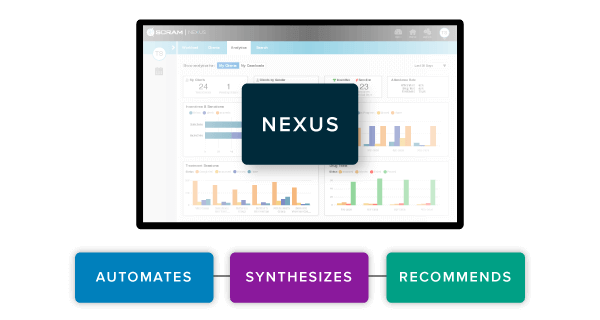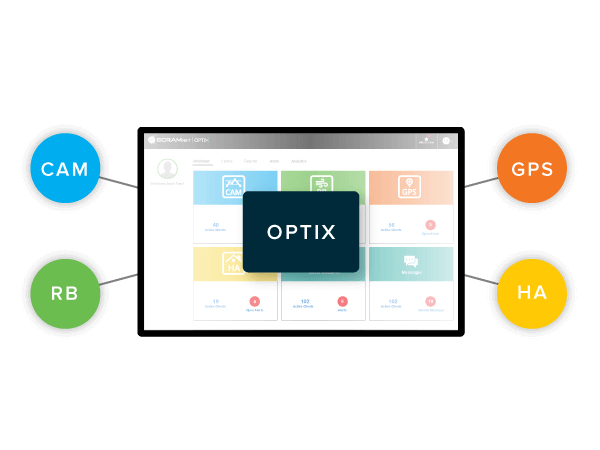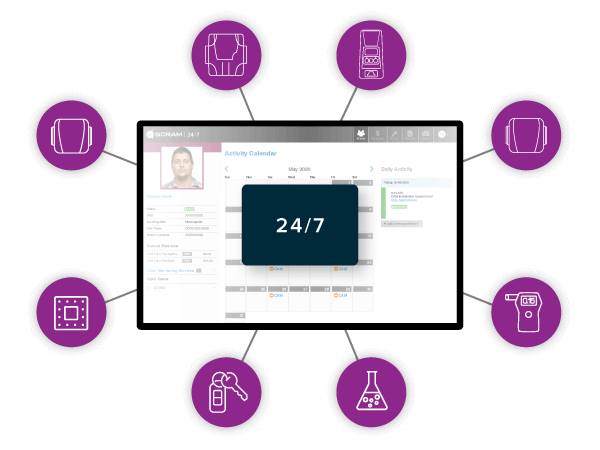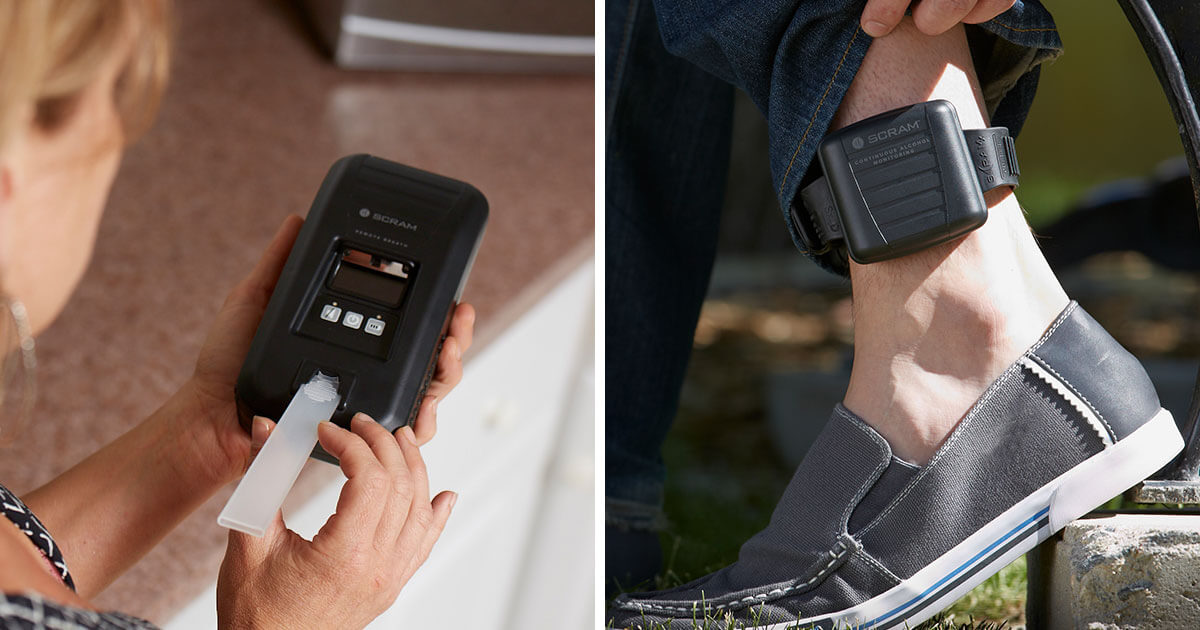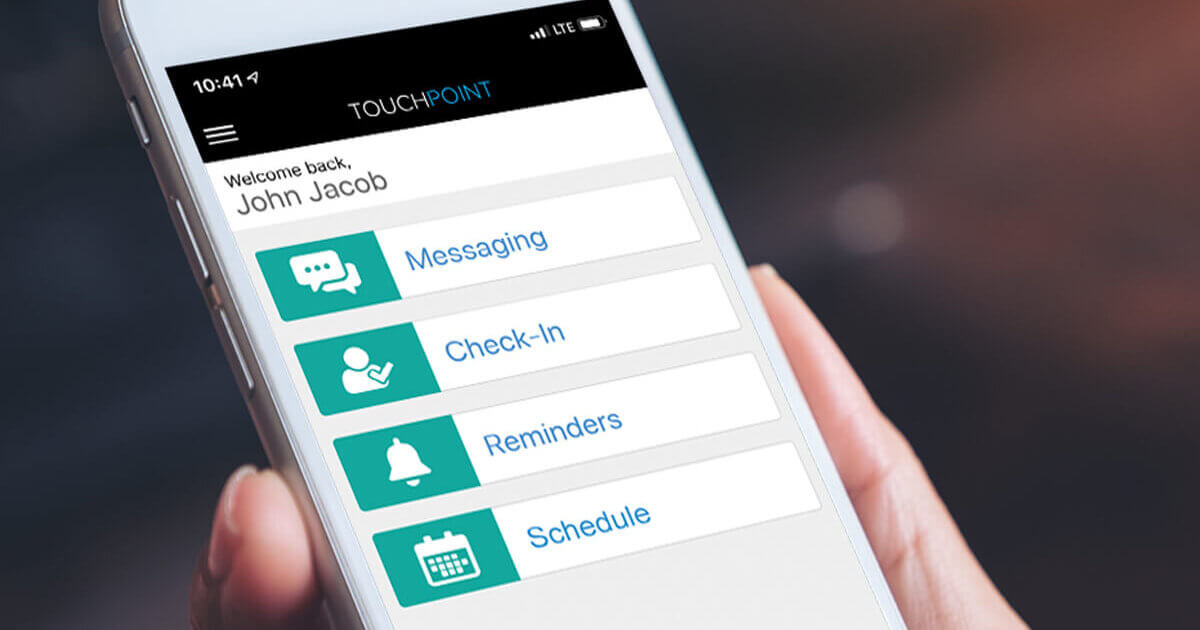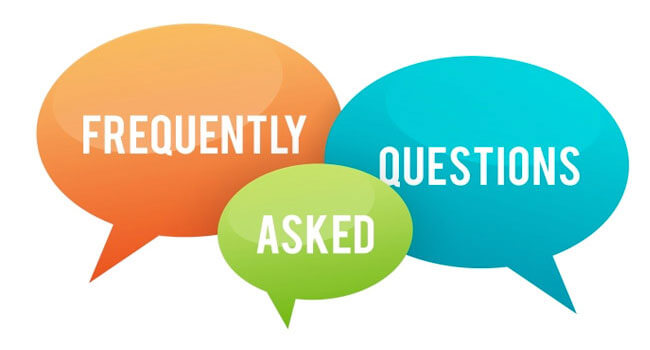Supervision Tools for Those That Require Less Intensive Monitoring
Research shows that one-size-fits-all supervision programs don’t work. In fact, lower- and mid-risk clients can experience negative outcomes when supervision isn’t proportional to their level of offense. Too intensive monitoring and overly harsh sanctions can result in an increase in criminal behavior, difficulty maintaining employment, and may disrupt prosocial relationships. The most effective and cost-efficient programs tailor supervision requirements to fit each individual client’s risk and need.
The SCRAM Systems suite of alcohol and location monitoring devices, software, and mobile apps can be used in any combination to help ensure clients comply with the conditions of their supervision while improving public safety. Our solutions give officers the data they need to easily assess an individual’s risk and need and provide flexible supervision tools for the continuum of clients to help them get and stay on track.
The most effective and cost-efficient programs tailor supervision to each client’s risk and need.
Applications for Low-Risk Offender Caseloads
First-Time DUI Offenses
About two-thirds of those arrested for drunk or impaired driving will not reoffend. SCRAM Remote Breath Pro provides an effective way to monitor low-risk alcohol clients for compliance with sobriety conditions.
Home Confinement
For low-risk clients with home confinement orders, SCRAM House Arrest is the industry’s most flexible RF curfew monitoring system that provides the supervising agency with confirmation that the client is in their home when required.
Mobile Client Monitoring
The SCRAM TouchPoint mobile app can be used as a standalone monitoring and engagement tool and increases accountability and compliance by streamlining common officer and client interactions.
1 Million
new DUI arrests each year in the U.S.
80%
of arrests are for low-level offenses
3/4
of incarcerated pretrial defendants are accused of nonviolent offenses
Create a Customized Solution
Solutions to monitor Low-risk Offender Caseloads
Our mobile check-in, alcohol testing, and house arrest monitoring options can be used to create the most appropriate supervision regimen for low-risk clients. Each SCRAM Systems monitoring technology communicates with our online software platforms to create a customized solution to further increase program efficiency and efficacy.
Client Monitoring Solutions
Options for Low-Risk Clients
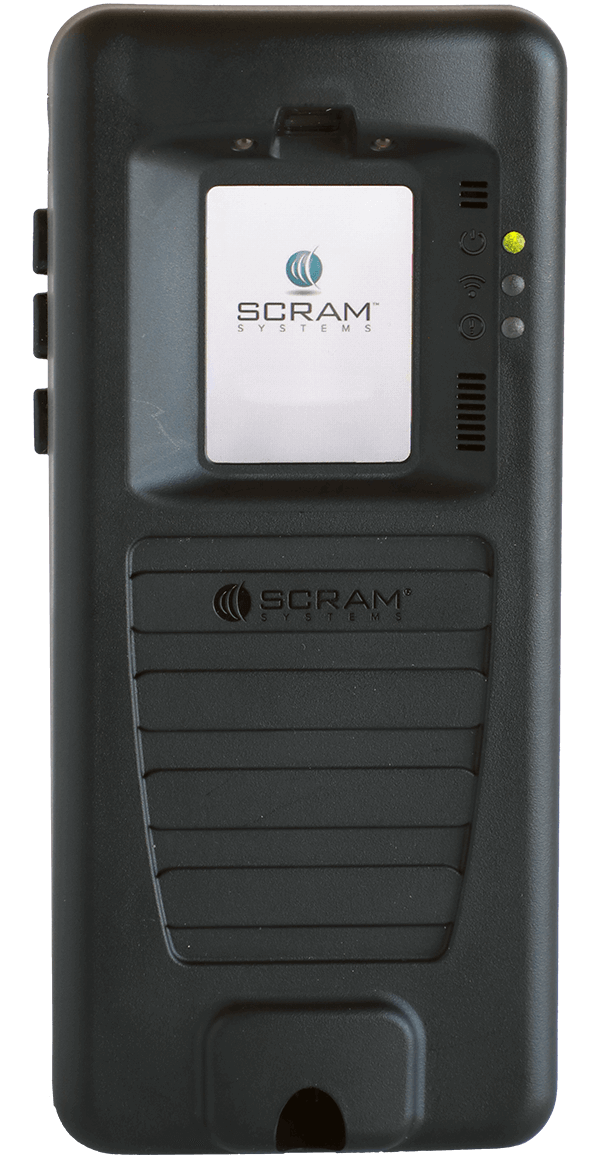
SCRAM Remote Breath Pro
REMOTE ALCOHOL BREATH TESTING
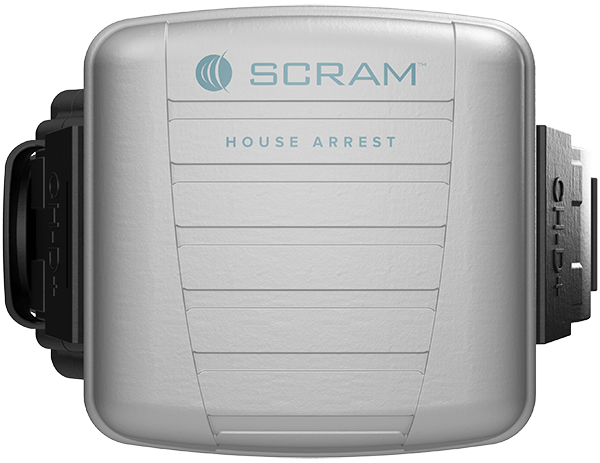
SCRAM House Arrest
HOUSE ARREST MONITORING
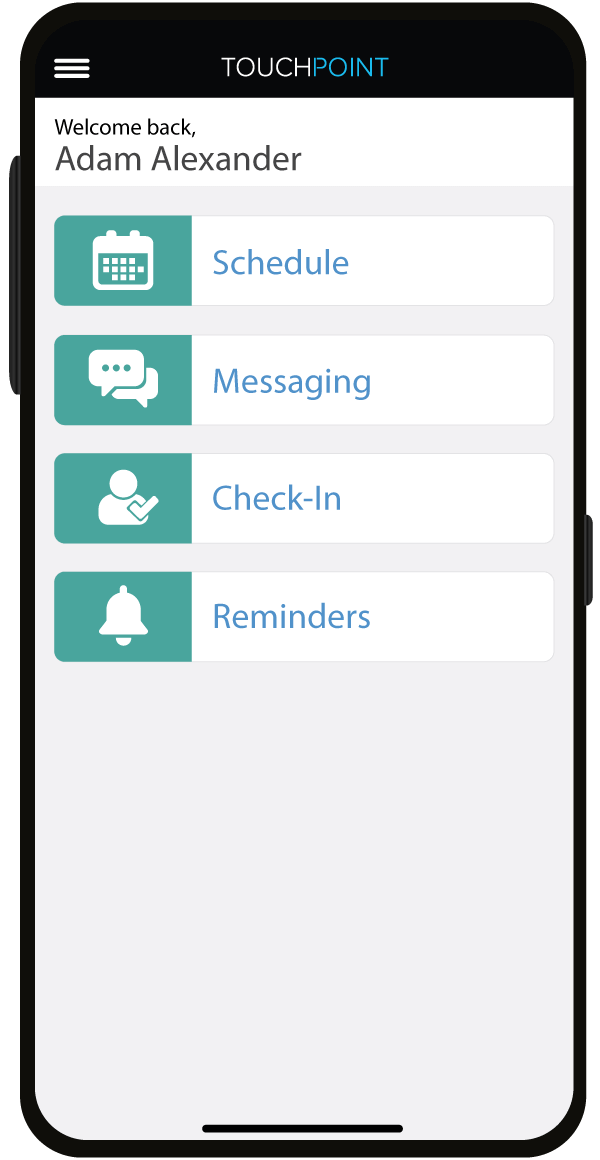
SCRAM Touchpoint
SMARTPHONE-BASED CLIENT ENGAGEMENT
SCRAM Monitoring Services
This is where it all comes together. With a variety of value-add services available, we help courts and agencies efficiently and effectively manage client compliance and increase program effectiveness while supporting community supervision.
It’s important for [a monitoring] program to be rigorous enough so that [clients] think ‘I don’t want to go through it again.’ And at the same time, when they successfully complete the program, they can also say they’ve done something good for their lives.
– Wilbert Pryor, Chief Deputy District Attorney, Caddo Parish, LA
Explore More
Additional Resources
Research
A Comparison of First Time and Repeat Rural DUI Offenders (2013)
National Center for Biotechnology Information
The Supervision of Low-Risk Federal Offenders: How the Low-risk Policy Has Changed Federal Supervision Practices without Compromising Community Safety (2016)
Probation and Pretrial Services Office Administrative Office of the U.S. Courts
Understanding the Risk Principle: How and Why Correctional Interventions Can Harm Low-Risk Offenders (2004)
Topics in Community Corrections
Let Us Customize a Low-Risk Offender Caseload Solution for You
Contact Us

